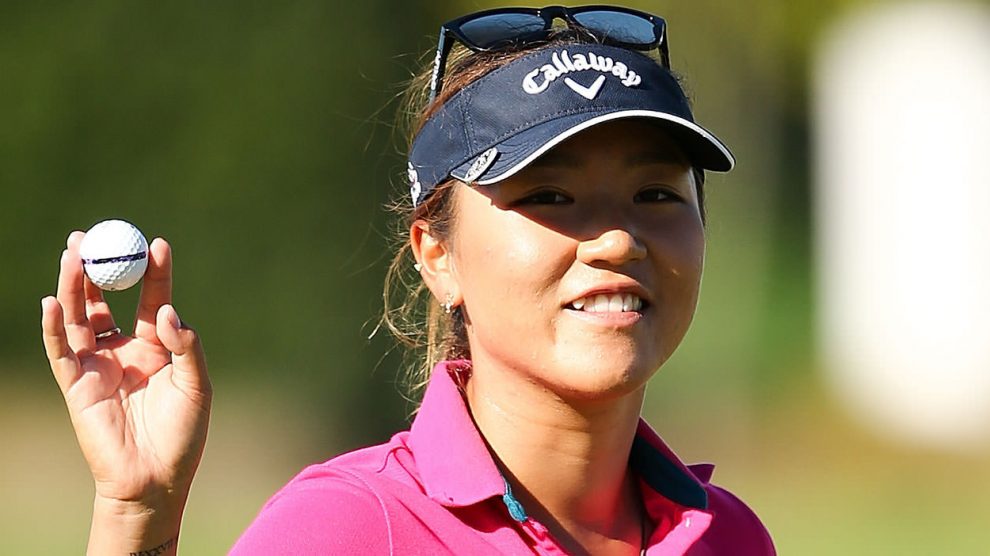The Rolex Rankings, which stacks up the order of the best female golfers in the world, debuted in February 2006, with Annika Sorenstam as the first world No. 1. Then Lorena Ochoa held the title of No. 1 for a stunning 158 consecutive weeks.
As women's golf is a more global game than the men's side, the Rolex Rankings, officially called the Rolex Women's World Golf Ranking, has big meaning. But a lot of folks may not understand just how the rankings are formulated.
So, let's explain.
How the Rolex Rankings formula works
Turns out, the Rolex Rankings formula is very similar to that of the Official World Golf Ranking. Both rankings are based on a rolling 104-week (two-year) period, with players earning points toward their ranking based on their finish in each sanctioned tournament played.
The points are distributed based on a calculated field strength. That comes from two factors: the world ranking of the individual players in the field and the prior year's money-list ranking of the individual players in the field.
Not all players count the same. For example, the No. 1 player in the world ranking adds more points toward strength of field than No. 20. The No. 1 player on a tour's prior-year money list adds bonus points on top of whatever their ranking means to field strength.
Once the field strength is calculated, we then know the total world ranking points that can be distributed for an event. The higher the strength of field, the more points the winner gets and the higher the number of players who get world ranking points based on their finish. In the Official World Golf Ranking, it can range from 2 points for the winner and one other player getting points to 100 points for the winner of a major and all players making the cut getting points.
The points earned retain their full value for 13 weeks, then the depreciate over the next 91 weeks in equal installments until the come off entirely.
Then the ranking itself is determined based on the average number of points a player earns per tournament in that rolling two-year span. There is also something called the minimum divisor, which is a minimum number of tournaments a player is expected to compete in the span. It's 35 for the Rolex Rankings; 40 for the Official World Golf Ranking. This means players can be (and rightfully in some cases) penalized for not playing as often as they should, and it prevents players from protecting points earned.
There's one big way in which the rankings are different, to the advantage of the Rolex Rankings. Under the Official World Golf Ranking formula, only players in the top 200 in the world can count toward a field's strength rating. With the Rolex Rankings, the top 400 players count. That is a nod to the depth and global nature of the game that the OWGR should consider.
Now there's no mystery, and as the Rolex Rankings become even more prominent, golf fans can understand them better.

